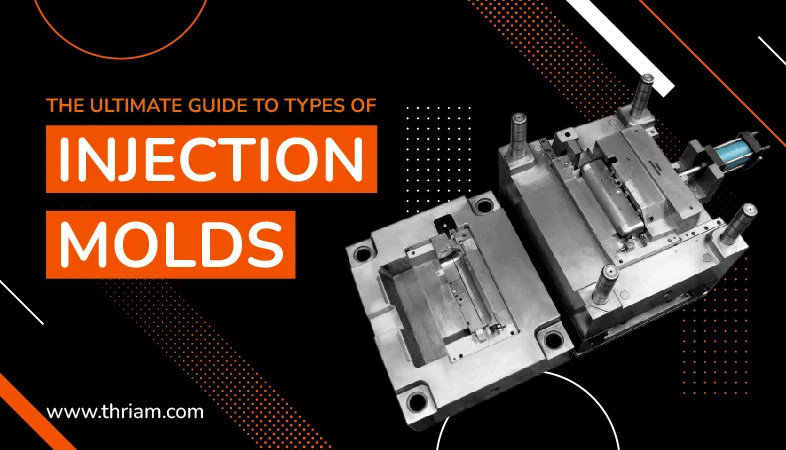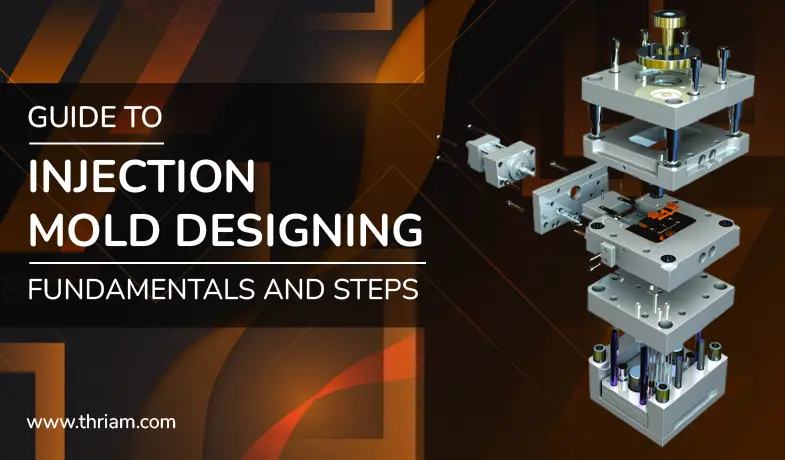The Gateway to Precision: Exploring Different Types of Gates in Injection moulding
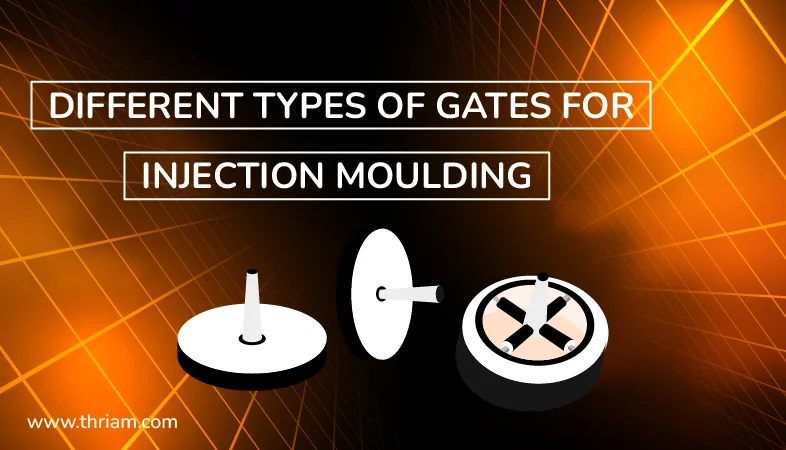
Injection moulding is a widely used manufacturing process that enables the production of complex plastic parts. One of the crucial components of this process is the gate, which serves as the entry point for the molten material into the mould cavity. The selection of the appropriate gate type is critical in determining the final quality and characteristics of the moulded part.
What is a gate in injection moulding?
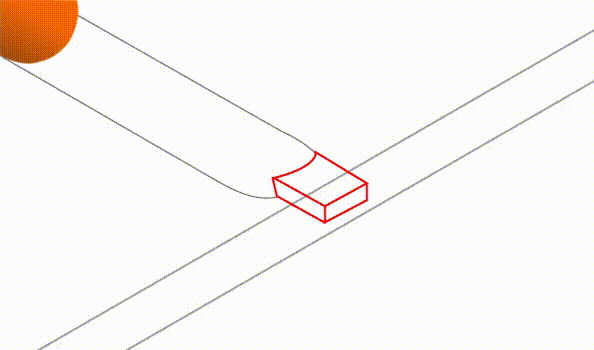
A gate is the entry point through which molten material is introduced into the mould cavity. It is an essential component that determines the flow and distribution of the material during the moulding process. The gate acts as a valve, controlling the volume and speed of the material as it fills the mould cavity. The proper selection of gate type plays a crucial role in achieving desired characteristics and qualities in the moulded part, such as surface finish, dimensional accuracy, and structural integrity. Various gate types, such as sprue gate, edge gate, submarine gate, pinpoint gate, and fan gate, offer different advantages and applications based on the requirements of the specific moulding project. The gate is a critical element in injection moulding, as it directly impacts the final quality and functionality of the produced parts.
In this blog post, we will dive into the world of gates in injection moulding, uncovering different types, their definitions, and applications.
1. Sprue Gate:
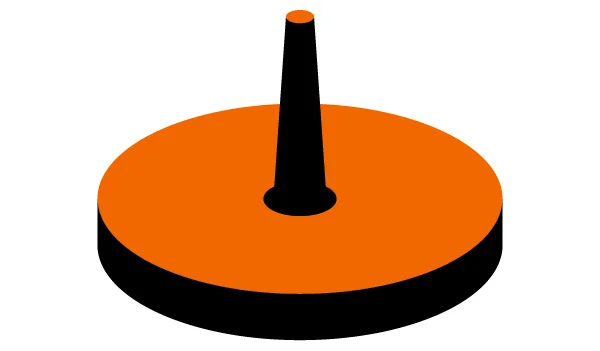
Definition of sprue gate:
The sprue gate, also known as the main gate, is the simplest and most commonly used type of gate in injection moulding. Positioned at the base of the mould cavity, it serves as the primary entry point for molten material. The sprue gate allows direct and unrestricted material flow from the injection nozzle into the runner system, subsequently distributing the material to the mould cavities.
Application:
Sprue gates find wide application in injection moulding, especially for larger parts and when there is a need for higher injection rates. It is a preferred choice for mass production due to its simplicity and cost-effectiveness. This gate type is commonly used in automotive, consumer electronics, and packaging industries.
2. Edge Gate:
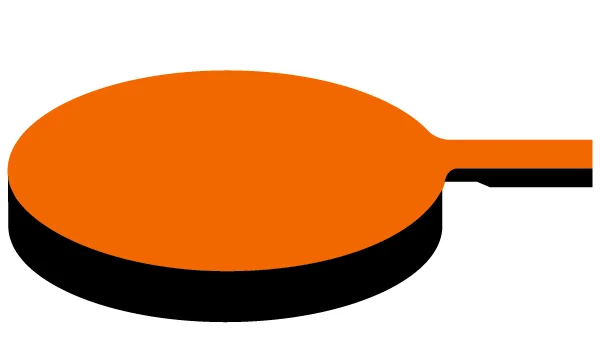
Definition of edge gate:
An edge gate, also known as a tunnel gate or tab gate, is a gate type positioned at the edge of the part in an injection mould. It functions by creating a small gate vestige that can be easily removed after the moulding process. Edge gates provide precise control over the flow of molten material and are frequently used in thin-walled parts where appearance and surface finishes are of prime importance.
Application:
Edge gates are widely utilized in injection moulding for various applications, particularly in parts that require a high degree of precision and aesthetic appeal. These gates are commonly found in industries such as automotive, electronics, packaging, and medical devices. Edge gates are particularly well-suited for thin-walled parts and components with complex geometries.
3. Submarine Gate:

Definition of submarine gate:
A submarine gate, also known as a submarine runner or submarine sprue gate, is a specific type of gate that is submerged beneath the surface of the part in the injection mould. It functions by allowing the molten material to flow through a channel that is hidden within the part itself. Submarine gates provide a discreet and inconspicuous means of introducing material into the mould while preserving the aesthetics of the finished part.
Application:
Submarine gates have applications in various industries that demand seamless and aesthetically pleasing parts. They are commonly used for parts where gate marks or visible gate vestiges are undesirable, such as consumer products, electronic devices, and cosmetic packaging. Submarine gates are particularly suited for parts with complex designs, curves, or thin walls.
4. Pinpoint Gate:
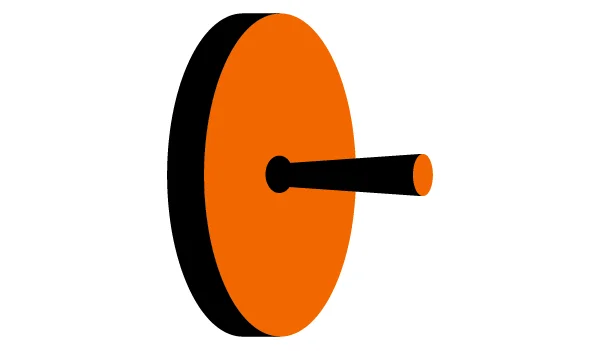
Definition of pinpoint gate:
A pinpoint gate, also known as a direct gate or sprue gate, is a small and direct gate type positioned directly at the part's surface in the injection mould. It functions by injecting molten material directly into the mould cavity, creating a small gate vestige that can be easily removed. Pinpoint gates are frequently used for small to medium-sized parts where control over material flow and appearance are crucial.
Application:
Pinpoint gates find applications in various industries that require precise and high-quality parts. They are commonly used for parts that demand fine details, such as electronic connectors, medical devices, and intricate components. Pinpoint gates are particularly suited for parts that require minimized gate vestiges and gates that can be easily removed without affecting the part's appearance or functionality.
5. Fan Gate:
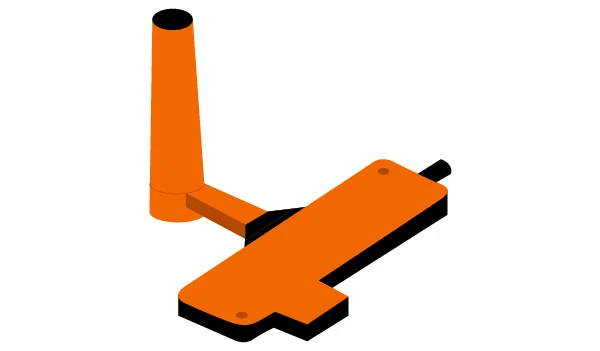
Definition of fan gate:
A fan gate, also known as a tab gate or sprue gate, is a gate type that features a narrow and elongated opening to introduce molten material into the mould cavity. It functions by dispersing the material in a fan-like pattern, allowing for even distribution across the mould cavity. Fan gates are commonly used for parts with larger surface areas, ensuring balanced filling and reducing the risk of defects.
Application:
Fan gates find applications in various industries that require large parts or parts with wide surface areas. They are commonly used for automotive components, appliance parts, and larger consumer products. Fan gates are particularly suited for parts that demand equal material distribution and reduced chances of flow lines or cosmetic defects.
Conclusion:
Each type of gate discussed above offers distinct advantages and applications. When selecting the appropriate gate type for an injection moulding project, it is important to consider the characteristics of the part, production requirements, and quality standards.
Gate selection plays a crucial role in achieving desired part qualities, such as surface finish, dimensional accuracy, and production efficiency. Understanding the various types of gates in injection moulding is crucial for optimizing the manufacturing process and achieving high-quality parts. From the simplicity of a sprue gate to the precision of an edge gate, the choice of gate type can greatly impact the final outcome.
Considerations such as material flow, gate vestiges, appearance, and performance factors should be taken into account to ensure successful and cost-effective injection moulding operations. So, open the gates to limitless possibilities in injection moulding and let your products shine!
